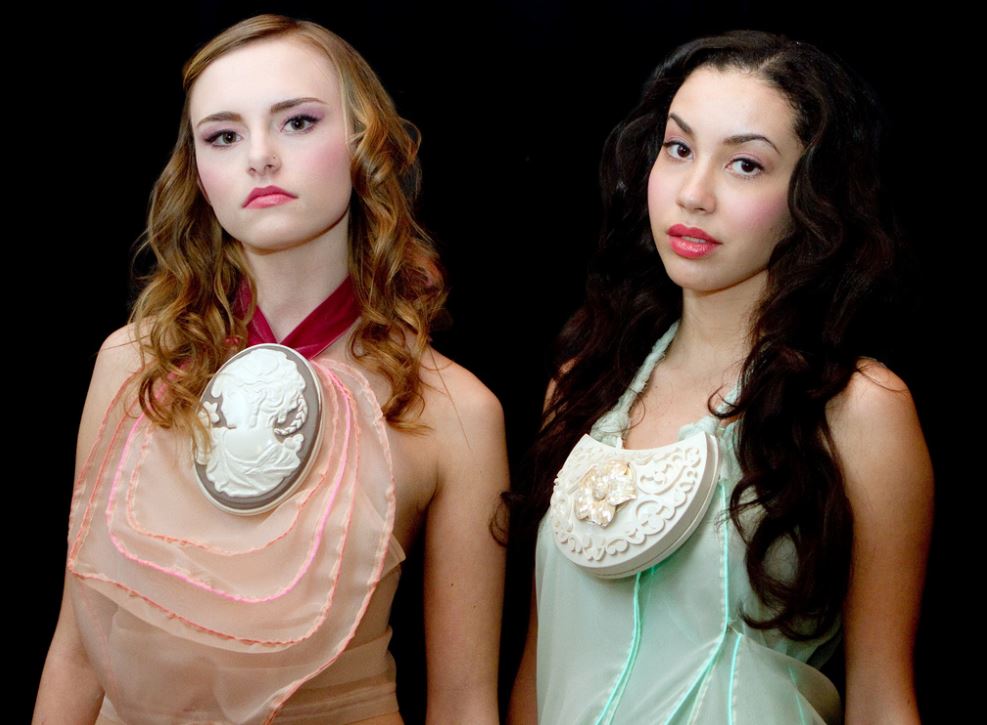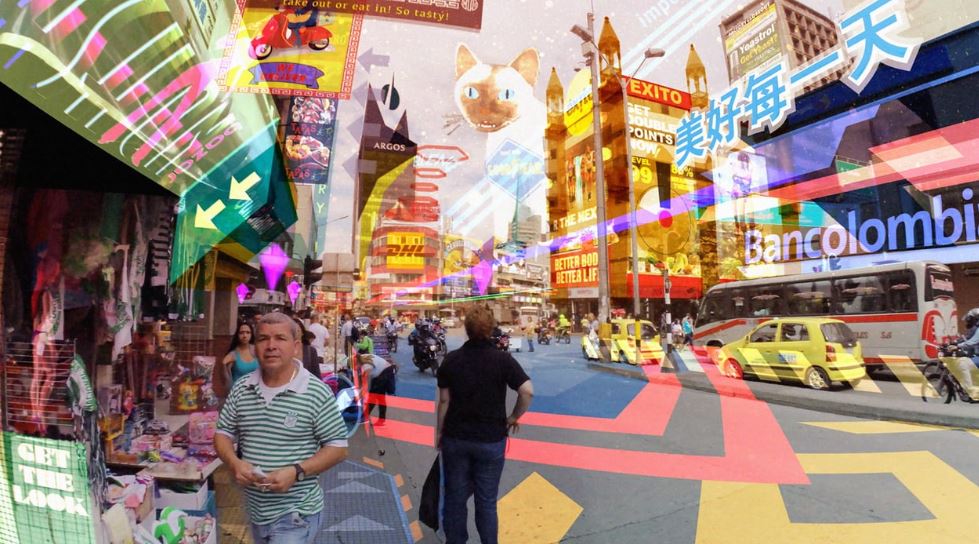In The Future, You'll Print Out Your Shopping
2017.03.28
The future of shopping is going to look very different to how it looks today. Instead of going to the store and picking stuff off the rails you want, you’ll just browse for the stuff you want online and print it out at home.
Or at least that's the vision of the National Retail Federation. Recently, the Federation hosted an event in New York City where they invited a bunch of tech companies to come and showcase some of the new technologies that could transform our weekly Saturday shopping trip into something very different.

Flickr
On show was the Mach 2XS 3D printer. According to the makers of the printer, 3D printing technology is now good enough to allow the printing out of clothing that you’d actually want to wear. We’re not talking giant, human-sized plastic Lego clothing here. We’re talking about real fabrics that feel good on your skin.
So far, 3D printing has been constrained to a resolution of larger than a micron. This made it good for printing out objects, like plastic prototypes, that don’t have an intricate structure, but not so good at printing out things like fabrics. Now, though, with the introduction of the Mach 2XS, that’s all changed, and it could mean that the entire industry is disrupted.
We’ve already seen the impact of 3D printing on prototyping. In the past, companies would go to a special prototyping company to make various molds that would let them prototype an upcoming product. But with the advent of 3D printing, companies like Ford and Boeing have shifted to the new, cheaper technology. It’s likely that the same will happen in the clothing manufacturing sector. We might be waving goodbye to sweatshop factories in Pakistan and saying “hello” to printers sitting right there on our desk, ready to print out whatever we want.
That’s not to say that there won’t be a role for other companies. Machinery for finishing products, like that from Reliant Finishing Systems, will be needed to make printed products look their best. But it does suggest that the traditional retail model might be about to come to an abrupt end.

Vimeo
For instance, as customers are walking around the store, things like prices and discounts will be overlaid on their vision. The size of a particular item of clothing will also be displayed, meaning that customers no longer have to spend their precious time rifling through racks to find the right size item to try on.
Microsoft is also hoping that AR and virtual reality will change the way that online retailers operate. Instead of just displaying objects on a screen, the tech giant hopes that its technology will allow retailers to open up 3D digital shops that customers can browse like a real shop. According to the company, it’ll eventually be indistinguishable from real life.
Or at least that's the vision of the National Retail Federation. Recently, the Federation hosted an event in New York City where they invited a bunch of tech companies to come and showcase some of the new technologies that could transform our weekly Saturday shopping trip into something very different.
Flickr
On show was the Mach 2XS 3D printer. According to the makers of the printer, 3D printing technology is now good enough to allow the printing out of clothing that you’d actually want to wear. We’re not talking giant, human-sized plastic Lego clothing here. We’re talking about real fabrics that feel good on your skin.
So far, 3D printing has been constrained to a resolution of larger than a micron. This made it good for printing out objects, like plastic prototypes, that don’t have an intricate structure, but not so good at printing out things like fabrics. Now, though, with the introduction of the Mach 2XS, that’s all changed, and it could mean that the entire industry is disrupted.
We’ve already seen the impact of 3D printing on prototyping. In the past, companies would go to a special prototyping company to make various molds that would let them prototype an upcoming product. But with the advent of 3D printing, companies like Ford and Boeing have shifted to the new, cheaper technology. It’s likely that the same will happen in the clothing manufacturing sector. We might be waving goodbye to sweatshop factories in Pakistan and saying “hello” to printers sitting right there on our desk, ready to print out whatever we want.
That’s not to say that there won’t be a role for other companies. Machinery for finishing products, like that from Reliant Finishing Systems, will be needed to make printed products look their best. But it does suggest that the traditional retail model might be about to come to an abrupt end.
Augmented Reality
The other way that technology will change the retail sector is through the power of augmented reality. At the National Retail Federation, Microsoft showed off its new Hololens, a device that it promises will give retailers and customers more options.Vimeo
For instance, as customers are walking around the store, things like prices and discounts will be overlaid on their vision. The size of a particular item of clothing will also be displayed, meaning that customers no longer have to spend their precious time rifling through racks to find the right size item to try on.
Microsoft is also hoping that AR and virtual reality will change the way that online retailers operate. Instead of just displaying objects on a screen, the tech giant hopes that its technology will allow retailers to open up 3D digital shops that customers can browse like a real shop. According to the company, it’ll eventually be indistinguishable from real life.
More Articles
Copyright © Fooyoh.com All rights reserved.